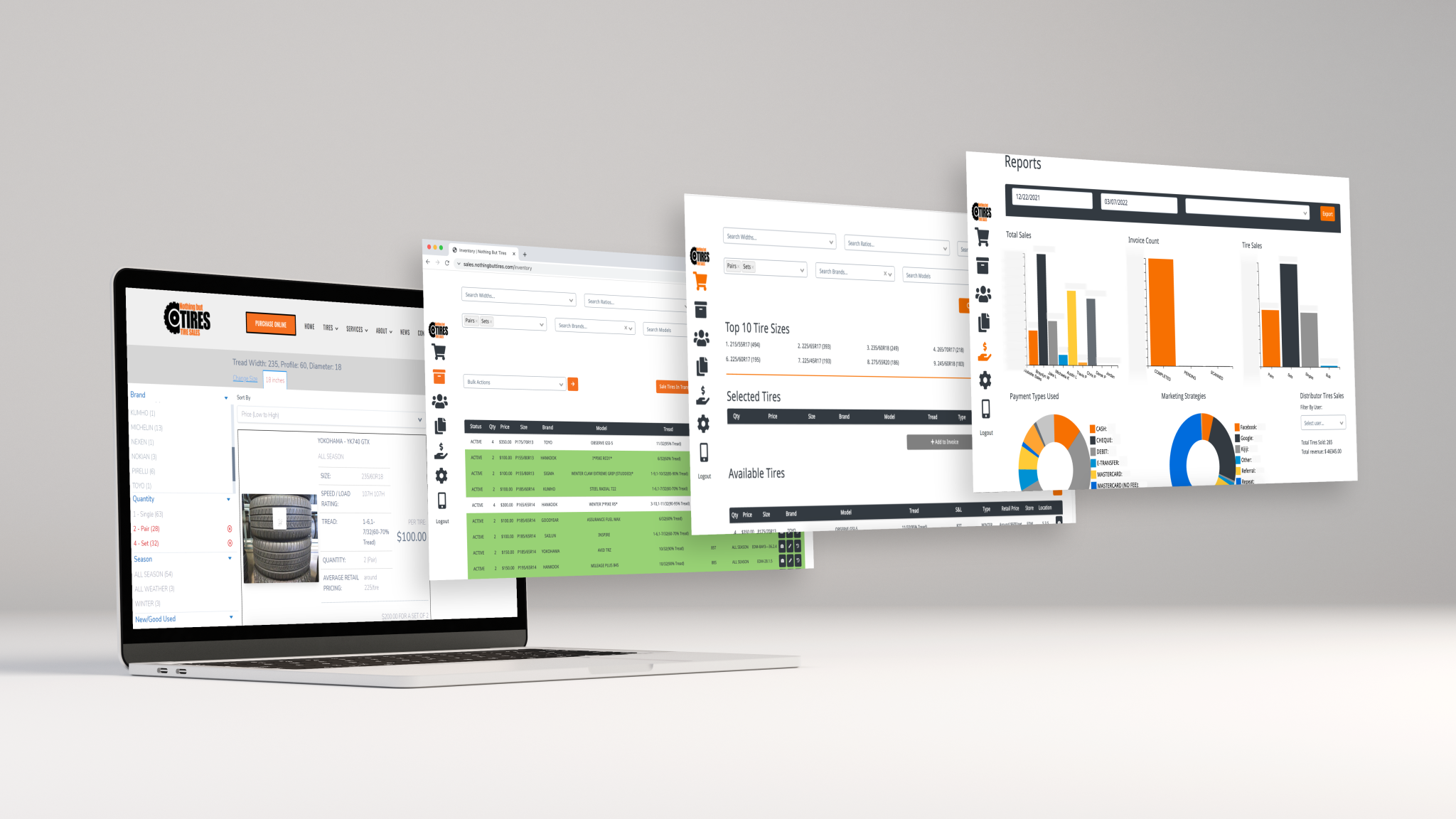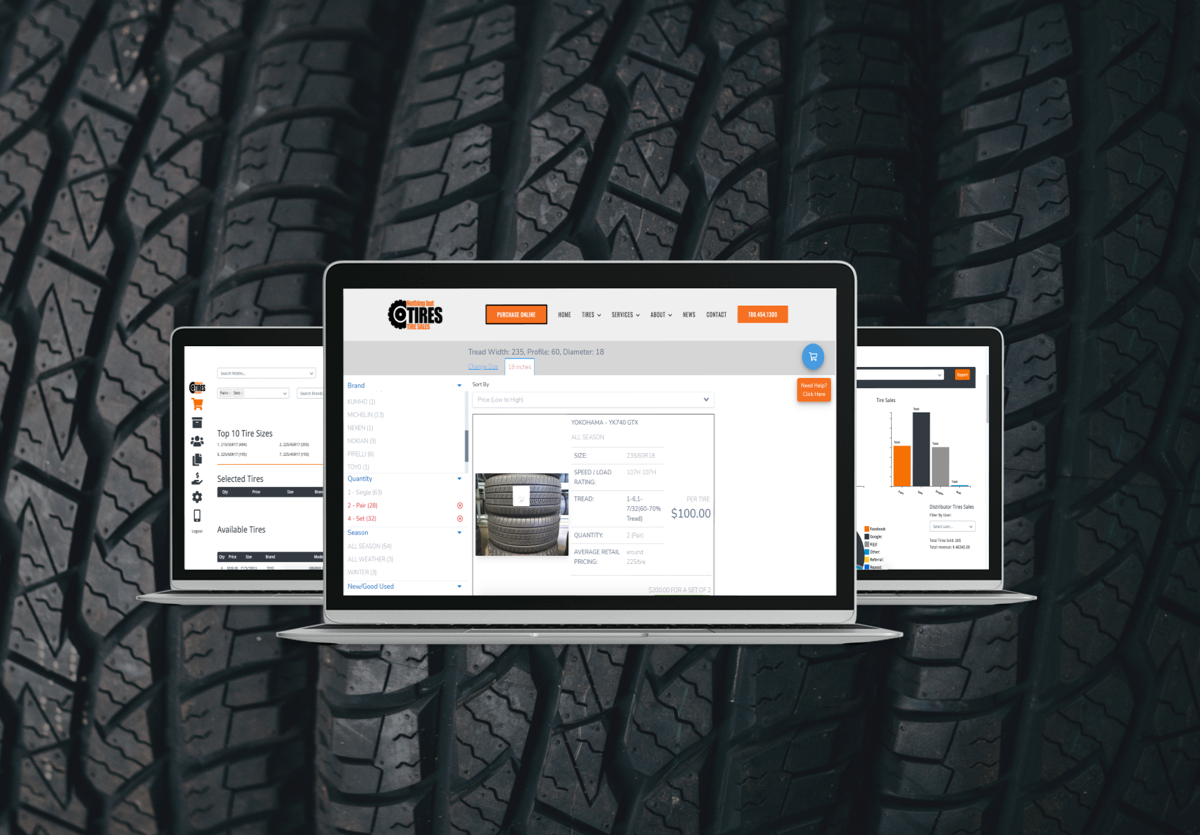Understanding Digital Transformation and Digital Process Automation
Digital transformation is the strategic integration of digital technologies into all aspects of a business. It is the cornerstone of agility, enabling businesses to adapt swiftly to changing market dynamics, to embrace new opportunities, and to remain resilient in the face of disruption. As the world becomes increasingly interconnected and data-driven, businesses that embark on digital transformation journeys are not only future-proofing themselves but also positioning themselves to thrive.
On the other hand, digital process automation (DPA) represents a specific approach within digital transformation that leverages technology to automate complex business processes, ultimately reducing manual intervention and the risk of errors. In other words, it is the use of software or web applications to streamline, optimize, and monitor tasks, in order to ensure that your business operates efficiently.
5 Key Benefits of Digital Process Automation (DPA)
Implementing DPA offers numerous advantages that are critical for successful digital transformation:
One real-life example to demonstrate the power of DPA is the work we completed for our client Nothing But Tires. They were looking for ways to reduce manual data entry, optimize their processes, and enhance their customer experience, with a custom web and mobile application development company in Canada. Visit the Nothing But Tires case study to learn more about the details of the project we worked on.
How Digital Process Automation Works (DPA)
DPA involves several key components that are closely intertwined with digital transformation:
- Process Modeling: Begin by identifying the process that aligns with your digital transformation goals. Create visual models that outline these processes, specifying steps, inputs, and outputs.
- Workflow Design: Design automated workflows that map out how tasks will be executed. Define rules, conditions, and triggers for each step, aligning them with your objectives.
- Integration: Integrate DPA software with your existing systems and applications, enabling seamless data exchange and coordination.
- Execution: Execute automated processes, ensuring that tasks are completed efficiently and in the right sequence, contributing to the overarching goals of your journey.
- Monitoring and Optimization: Continuously monitor DPA processes to identify areas for improvement. Optimize workflows to enhance efficiency and ensure they align with your evolving digital transformation roadmap.
Implementing Digital Process Automation in Your Digital Transformation Journey
Implementing DPA as part of your digital transformation journey involves these essential steps:
- Identify Processes: Identify processes that are most suitable for digital transformation and DPA. Focus on those that are repetitive, time-consuming, and prone to errors.
- Choose the Right DPA Solution: Select an off-the-shelf DPA solution or partner up with a web development company that can custom design and build one for you. The solution must be one that aligns seamlessly with your objectives. Consider factors such as scalability, integration capabilities, and user-friendliness.Read the article about custom web development vs. off-the-shelf solutions to help you make an informed decision.
- Design Workflows: Collaborate closely with your team to design automated workflows that meet your specific requirements. Define roles and responsibilities for each step, ensuring that they support your broader goals.
- Integration: Integrate the chosen DPA solution with your existing systems, ensuring seamless data flow and coordination – a fundamental aspect of a successful digital transformation strategy.
- Testing and Deployment: Thoroughly test automated processes before deployment to identify and address any issues. Once you’re satisfied, deploy the DPA system across your organization.
- Training and Support: Provide comprehensive training to your team members to ensure they can effectively utilize the DPA system. Offer ongoing support to address any issues, further facilitating the success of your journey.
Conclusion
In the era of digital transformation, achieving operational excellence is no longer an option but a necessity. By seamlessly integrating digital process automation into your broader digital transformation strategy, you can unlock new levels of efficiency, accuracy, and agility.
DPA is not just a tool; it’s a pivotal element that accelerates your digital transformation journey, positioning your business for sustained success in a rapidly evolving marketplace.
Our team has vast and multi-industry experience consulting, designing, building, and maintaining custom web and mobile applications for businesses of all sizes. If you needed to upgrade your existing system, explore new ideas, or just need help with taking the first step in digital process automation, then do not hesitate to reach out. We love hearing new ideas and sharing our expertise.


